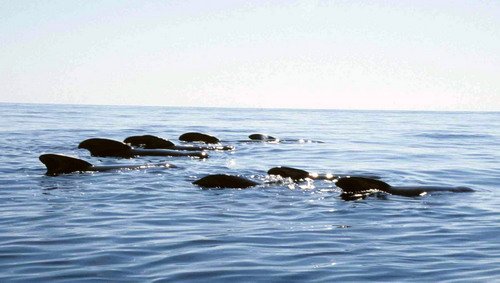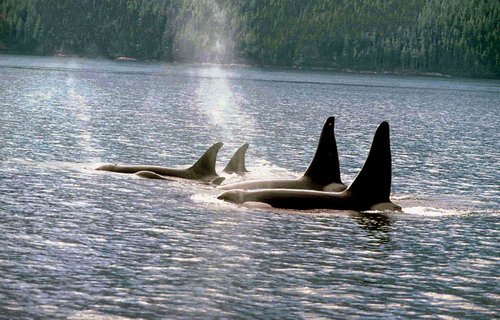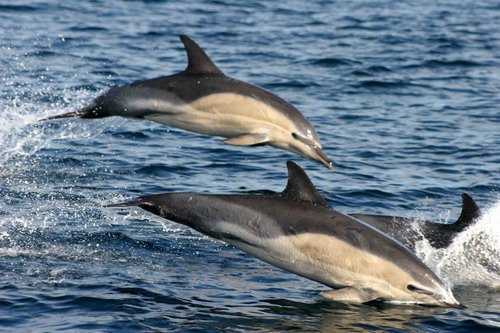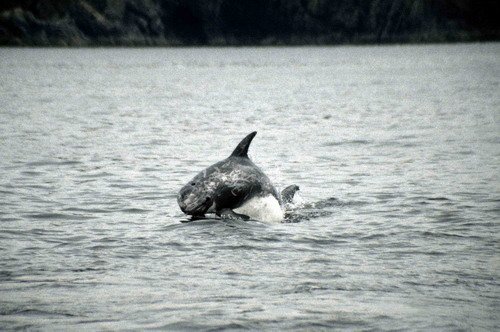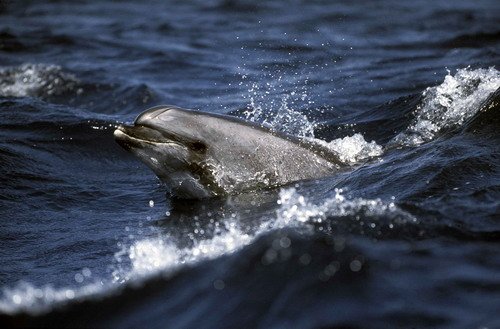Shop for Christmas, save a dolphin!
 | |
| Adopt a dolphin for Christmas! |
Or do you fancy doing some ocean related Christmas baking? Order the dolphin cookie cutter from the Sea Watch store and send us your pictures on Facebook!
And don’t forget that the Sea Watch Foundation is a registered
cause on the online fundraising site easyfundraising.org.uk! Through
this site you can create an account to become a registered supporter of
Sea Watch, and raise funds for cetacean monitoring and conservation in
the UK while you shop online!
Thousands of stores, including online favourites such as Amazon,
Photobox and even Ebay as well as many high street stores, are involved
in the easyfundraising scheme,
and when you shop online with one of these stores using your
easyfundraising account a donation will be made to the Sea Watch
Foundation – at no extra cost to you!You can sign up here and start your fundraising today!
Sustainable Christmas
Alternatively, if you are stuck for inspiration and still have shopping to do, check out some of these eco-conscious retailers.
Looking to add a bit of sparkle to your Christmas shopping?
Argent Aqua produces ocean themed jewellery for the marine geek in your life and for every purchase of their silver vaquita pendant, they donate £5 to critical conservation efforts!
Have a look on Etsy for some recycled ocean inspired jewellery pieces.
Shopping for a fashionista? The Manta Ray line at Debenhams supports the Marine Conservation Society and every year they design two t-shirts with all profits benefiting MCS.
Want to keep cosy in the winter? Check out Fat Face’s throw made from recycled yarns.
For a range of unique and eco-friendly gifts, don’t forget to check out Not on the Highstreet’s great range of gifts.
Marks & Spencer’s have also made a good effort with their Greener Living selection ranging from women’s wear and beauty products to flowers and wine.
For all your fair trade beauty needs, there is the Body Shop which also supports a number of worthwhile causes through the Body Shop Foundation and have made a concerted effort to reduce the impact of their packaging .
It is, however, worth looking around and you will find some lesser known body care brands which are just as good and even slightly cheaper. Naked Body Care produce beauty products that are 97% natural, contain no animal derived ingredients and are packaged in bottles made of recycled plastic bottles- and as an added bonus, they smell amazing, try the Starflower hand lotion! And as if that’s not enough, they support charities like the Woodland Trust, the Rainforest Foundation and the Whale and Dolphin Conservation Society.
Wrapping it up
If you really want to give a significant gift to the environment, why not give up on the plastic bags this season, bring your own bags to do your Christmas shopping, there’s plenty of re-usable bags that are functional and stylish!
It wouldn’t be Christmas without Christmas decorations, but rather than buying plastic baubles every year because the old ones keep breaking, consider crafting your own decorations. It cuts down on waste, is a great way to get in the Christmas spirit and is a lot more personal! Pinterest is a great source of inspiration if you’re not sure where to start!
Christmas cards and wrapping presents are obviously a major part of Christmas as well- and one that causes a lot of waste- but there are ways to cut down on this too; keep a look out for recycled wrapping paper; both Paperchase and Not on the Highstreet provide a wide, quirky and eco-friendly range of wrapping paper and cards. Or you could do away with paper entirely and wrap your gifts in pretty scarf or scrap material than you can re-use every year! Cards are also another good way to make a contribution to wildlife conservation with many wildlife charities such as the RSPB, WWF and the Wildlife Trust now providing their own range of charity Christmas cards. Once the Christmas cheer has dissipated, be sure to dispose of them in a responsible way. Why not take the pledge with M&S to recycle your cards- and get 20% off Woodland Trust membership when you do so?
On the topic of trees, if you cannot abide the thought of a fake one but are conflicted about buying and throwing away a real one year after year, consider hiring a tree!
So what are you waiting for? Get into the holiday spirit!
Merry Christmas!












